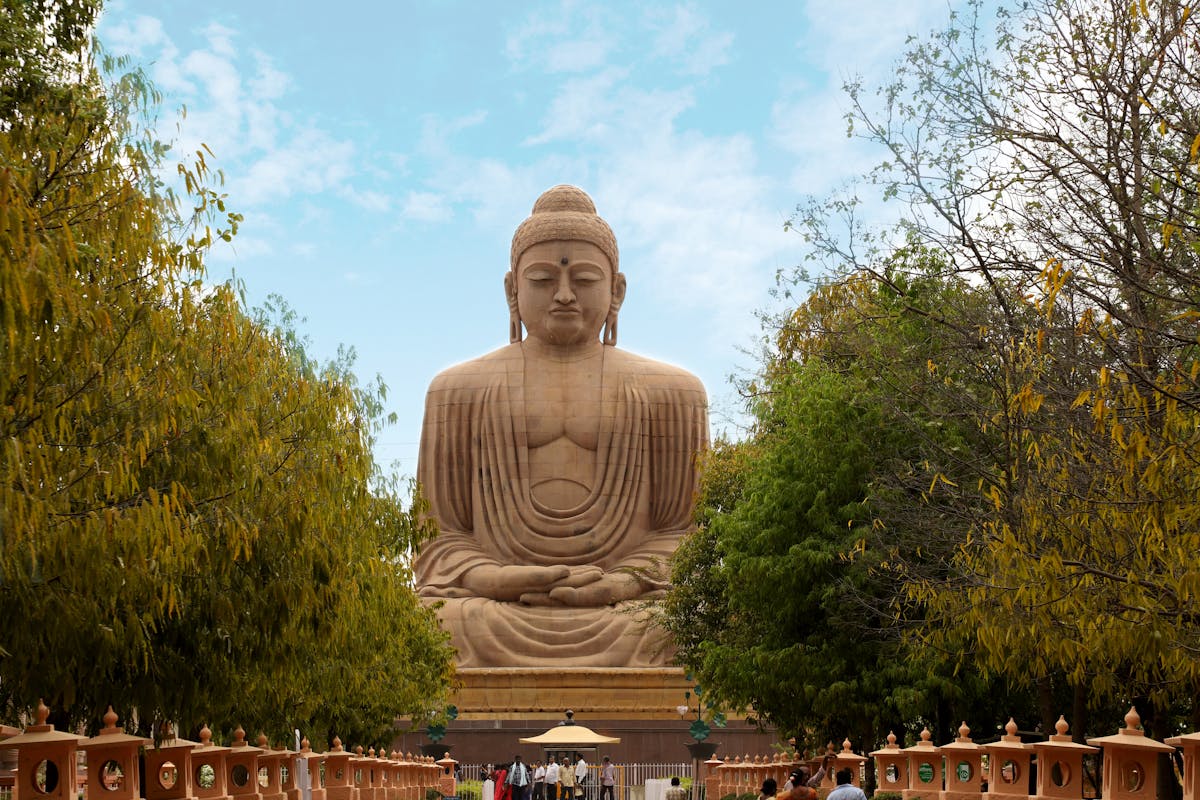Where to Find the World's Biggest Spenders

Skift Take
As luxury travel brands seek new audiences, it's instructive to look at the places where the numbers of super-rich individuals are growing. A recently released report shows where luxury travel purveyors should be looking.
The Wealth-X High Net Worth Handbook 2019 dissects where the next generation is coming from. The report looks solely at the world of high-net-worth (HNW) individuals and does not include members of the Ultra-High-Net-Worth club, those with assets of more than $30 million.
The world's HNW population grew 1.9 percent in 2018, and now comprises 22.4 million people worldwide, just below 90 percent of the group are in the $1 to $5 million category (20 million people.) Seven percent have assets of $5 to $10 million (1.6 million people.) Those with assets in the range of $20 to $30 million, the step below UHNW, is a mere 0.8 percent of the total, or 177,000 people.
Ten countries accounted for 75.2 percent of the global HNW population. The majority live in the United States, which accounts for 40 percent of the total. About 8.7 million high-net-worth people live in the United States. China comes in second on the worldwide list, with 1.9 million. Japan and Germany are the only other two countries with HNW populations of more than one million people. Filling out the top ten list are the United Kingdom, France, Canada, South Korea, Australia and Italy.
Moving to the list of the fastest-growing HNW countries through 2023, Wealth-X sees the biggest hike in the compound annual growth rate of HNW individuals in Nigeria (16.3 percent;) followed by Egypt (12.5 percent;) Bangladesh (11.4 percent;) Vietnam (10.1 percent;) and Poland (10 percent.)
In terms of urban areas, New York City has the most HNW people of any city in the world. With just less than one million high-net-worth individuals, New York's contingent is 65 percent larger than that of Tokyo's, which comes in in second place. Los Angeles, Hong Kong and London round out the top five. But some surprises come from the second half of the list. Chicago is sixth, and Dallas, new to the list, is tenth (Paris, San Francisco and Washington, DC take up the other slots.)
It may be astonishing to see there is no representation (yet) in the top 10 from China. Currently, the city there with the highest HNW population is Shanghai, with 123,000 individuals. That said, Wealth-X says China will account for 32 of the 40 fastest-growing HNW cities during the next five years, which certainly provides verification for all of the investments luxury brands are making there.
Given the sheer size, then, of the HNW population, Euromonitor International’s “Strategies to Win the High Net Worth Market” suggests it is important for luxury brands to focus on areas where there is growth in this category of wealth.
Euromonitor reported that brands and businesses targeting the HNW market strategically can become highly profitable, especially if they focus on the newly wealthy. This is particularly true for in the travel arena, since this group “travels regularly and extensively. These behaviors and characteristics of the newly wealthy means they are generally big spenders, willing to try new products and services and are arguably the most important target market for brands and businesses seeking to win over high net worth consumers.”
Bain & Company’s Luxury Study found that the overall luxury market — encompassing both luxury goods and experiences — grew by 5 percent in 2018 to an estimated $1.37 trillion globally
According to Wealth-X: "In the last few years, the luxury sector has come of age, in more ways than one." Indeed, this study shows that the growth of the sector is not just generational, but also geographic. Luxury travel companies should take note.




